Abacus Fly the Airbus A380
review
The Airbus A380, nicknamed 'Superjumbo', is a double-deck wide-body jet airliner. Its the world's largest passenger jet (with the Antonov An-225 being the larges civil aircraft since it carries cargo and no passengers). The Airbus A380 development program was officially launched in June 1994 and the first flight took place from Toulouse, France on April 27, 2005 and led to a flight test program involving five Airbus A380s. The first A380 entered commercial service with Singapore Airlines on 25 October 2007 with a inaugural flight between Singapore and Sydney.
The A380 seats 555 passengers on two decks in a three class arrangement or up to 853 people in all economy class configurations. A380 has 49% more floor area and produces 50% less cabin noise than its direct competition, the Boeing 747-400. Initial production of the A380 was troubled by a few delays that made many airlines reconsider their A380 orders. The A380-800F freighter orders were cancelled and Airbus negotiated a revised delivery schedule and compensation with 13 customers of the passenger version.
The Abacus Airbus A380 package contains the aircraft model, 2d panel, virtual cockpit and passenger cabin, 15 liveries and is using the default 737-400 sound. In addition, scenery of the Toulouse (France) Airport plus an AI A380 and AI flights are included. The exterior model looks alright, but the liveries can be better. For example, the clearly visible grey lines are not very appealing, the top-side of the wing is too dark and there is no registration on the bottom of the wing. Also, some animations are off or not present at all. All 4 engines are equipped with thrust reversers (should be only the two inboard engines). The landing gear is not at the right angle and doesn't have suspension.
The flight dynamics are not bad, it is not very difficult to handle this A380. The 2d panels and the virtual cockpit are simple and don't look like the real A380 cockpit. Instead of typical Airbus systems, flap settings, auto brake, etc, many buttons and handles do look like (and work like) the ones used in the FS2004 default (Boeing) panels. Don't expect systems like TCAS and GPWS, those are simply not simulated. A simple FMC can be used to load FS generated flight plans and use them in order to auto navigate during IFR flights.
Some nice features are: A passenger cabin which is fully modeled into the virtual cockpit, both floors. If you own the 'Fly The Airbus Fleet' package, you'll be able to set the viewpoint in the vc mode with the 'Cabin Views' program. That way you can access the 'Upper Rear' and 'Lower Forward' sections of the aircraft in the vc mode. The wings and engines however, are not visible from the cabin windows. With the wing fold command, air stairs, a fuel truck and baggage carts show up around the aircraft.
--
the good
the bad
License |
: | Payware |
Price Indication |
: | $19 |
Panel |
: | Yes |
Virtual Cockpit |
: | Yes |
Wingview |
: | No |
Sound |
: | No |
Developed for |
: | FS2004 |
Compatibility |
: | FS2004 FSX |
Wingflex |
: | No |
Landing gear |
: | Unrealistic, no suspention |
Rudder effect |
: | Realistic |
FS2004 |
: |
|
FSX |
: |
|
Links
notes
Add a Comment

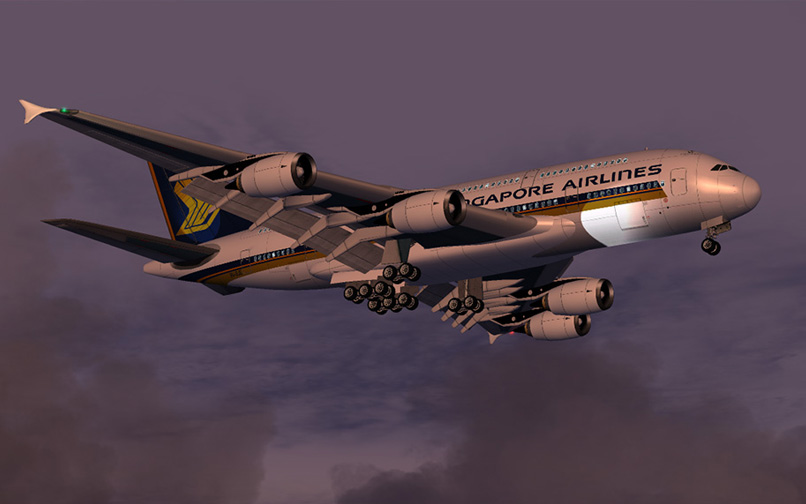
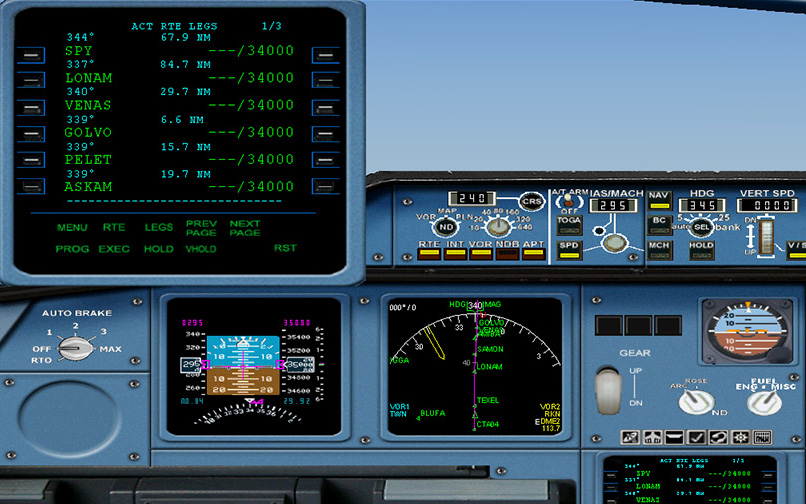
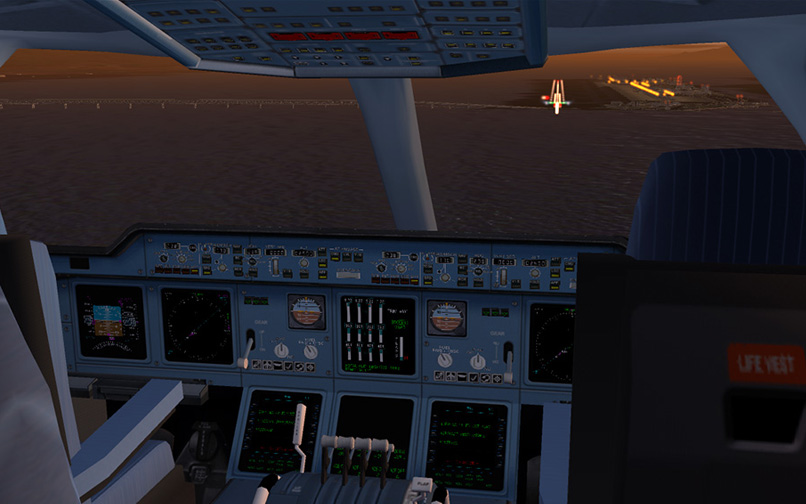
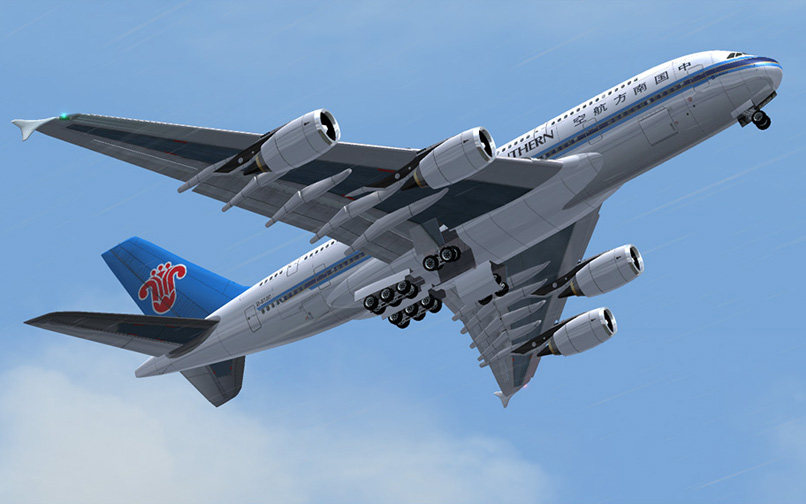
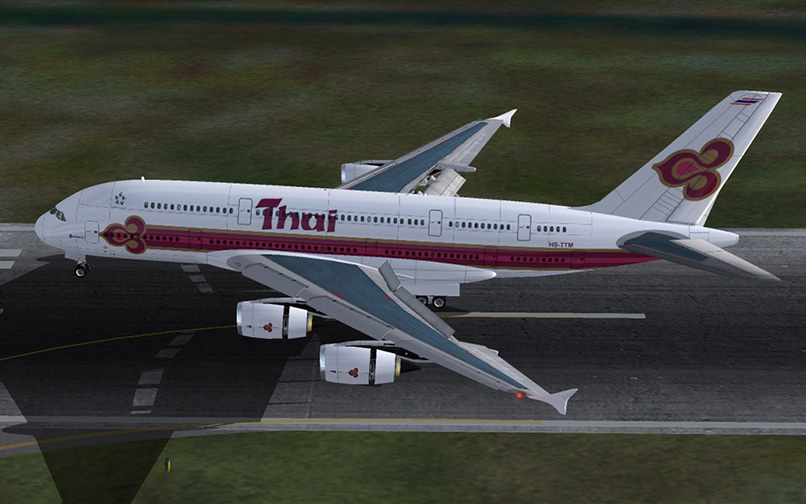
There are no comments for this aircraft